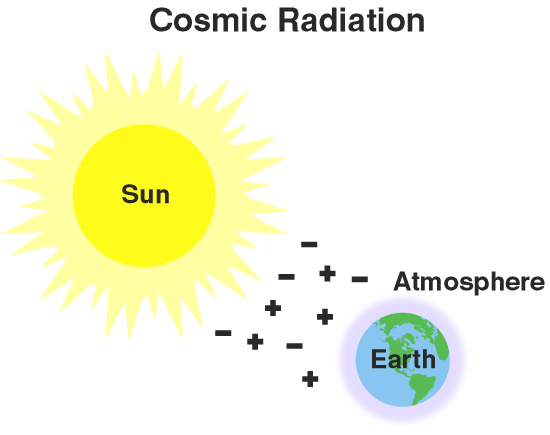

Xie Kai Jing (40)
3B1
PL Peer Lite
Guzheng Tuan
Stephanie
EnYin
Sheryl
Chara
Christina
NeoYun
Maureen
Clarice
STEPHANIE LOO :D
Design: parading sentiments .
Resources: headlock.ws 3zehn.org
1. Melting
Change of state from solid to liquid, without a change in temperature.
During melting, temperature remains constant at the melting point. Thermal energy is absorbed by the substance.
Change of state from liquid to solid, witjout a change in temoerature.
During solidification, the temperature remails constant at the freezing point. Thermal energy is released by the substance.
3. Boiling
Change of state from liquid into vapour (gas), happening at a constant temperature; boiling point.
During boiling, the temperature remains constant at its boiling point. Thermal energy is absorbed by the substance.
4. Condensation
The process where vapour (gas) changes into liquid at a constant temperature. Heat is given out during the process.
During condensation, the temperature remains constant at the condenstion point. Thermal energy is released by the substance.
5. Evapouration
Evapouration of a liquid is due to molecules at the surface with energy greater then the average kinetic energy escaping from the rest of the liquid.

8.3 Radiation
1. Continual emission of infrared waves from the surface of all bodies, transmitted without the aid of a medium
2. Infrared radiation is absored by all surfaces, hence causing temperature to rise.

2. Occur only in fluids but not in solids.
- because convection involves the BULK movement of the fluids which carry thermal energy with them.
- Thermal energy in solid is transferred from one particle to another through vibrations without any bulk movement of particle themselves.
 8.1 Conduction
8.1 Conduction
 Closely Packed together in Regular Pattern,
Closely Packed together in Regular Pattern, Vibrate about Fixed Position,
held in position by Strong Intermolecular Bonds.
(Fixed Volume & Shapes)


 1. Fixed Shape
1. Fixed Shape 1. No Fixed Shape
1. No Fixed Shape 1. No Fixed Shape
1. No Fixed Shape